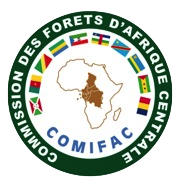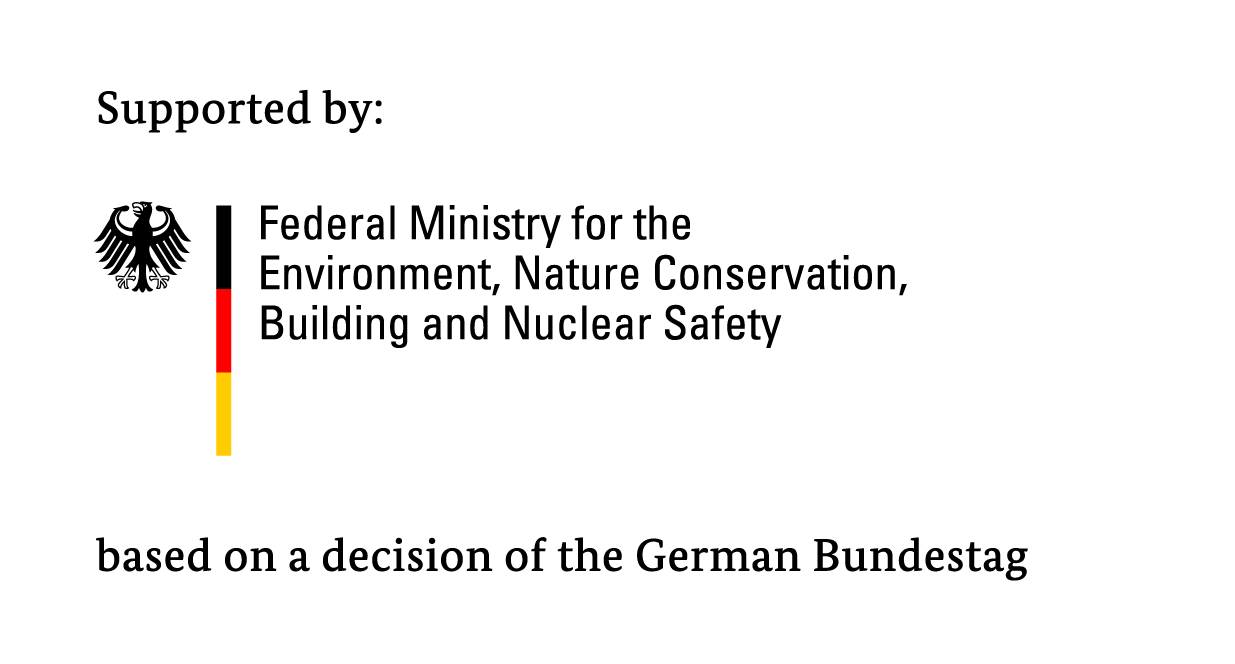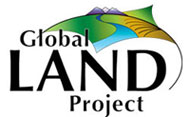
REDD-PAC: REDD+ Policy Assessment Center
The REDD-PAC project aims at developing technical know-how and capacity in designing efficient, effective and environmentally relevant REDD+ strategies and land use policies. The project was funded by Germany's International Climate Initiative and run from November 2011 to May 2016.
For more information, please download the project description, a one-page summary, or a poster presentation. Voir aussi un résumé du projet en français.
Main Results of the REDD-PAC Project
The main findings of the project were published in the article Soterroni et al. (2018) Future environmental and agricultural impacts of Brazil's Forest Code, Environmental Research Letters.
GLOBIOM-Brazil LUCC database and model scenarios
The results of the REDD-PAC project are available openly. They include a new land cover map for Brazil for years 2000 and 2010, based on a best combination of existing sources. A preview of some of the available datasets can be visualised below. They also include results of GLOBIOM-Brazil including projected land use changes and emissions from 2020-2050. The full content of the datasets is available as a WFS (Web Feature Service) in the following address (no password required):
http://terrabrasilis.dpi.inpe.br/geoservices/redd-pac/ows?request=getcapabilities&service=wfs
The detailed description of the data in the WFS server is available in this webpage.
The description of data sets, the structure of the Globiom-Brazil model and results are available in the reports below. Modelling Land Use Change in Brazil:2000-2050 and results of GLOBIOM-Brazil including projected land use changes and emissions from 2020-2050

Projected total forest in Brazil in 2030 under compliance of the Forest Code
Project results for the Congo Basin.
For each pilot country plus the COMIFAC region the project produced short reports describing the key data, methods and results of REDD-PAC for the Congo Basin as well as an extensive technical report which provides more detail on projected land use changes and emissions from 2000-2030. Reports are available both in English and French
Rapports de synthèse ainsi que des documents techniques des méthodes et resultats du projet REDD-PAC pour le Basin du Congo sont disponible et en anglais et en français.
- Modelling future land use changes in Central Africa (May 2016) .
- Modelling future land use changes in the Democratic Republic of the Congo (May 2016) .
- Modelling future land use changes in Cameroon (May 2016) .
- Modelling future land use changes in Republic of Congo (May 2016) .
Biodiversity implications of REDD+
- Perú: Promoviendo los beneficios ambientales y sociales de REDD+ en el Perú mediante análysis especiales. English version: Promoting environmental and social benefits of REDD+ in Peru through spatial analysis.(December 2014) .
- Basin du Congo : Les synergies entre la REDD+ et les Objectifs d'Aichi pour la biodiversité en Afrique Centrale. English version: Synergies between REDD+ and the Aichi Biodiversity Targets in Central Africa (September 2014) .
- Brazil: Assessing the biodiversity impacts of policies related to REDD+. (August 2014).
- China:Opportunities for using climate change mitigation and adaptation measures to make progress towards the CBD Aichi Biodiversity Targets. Guangxi province, China. Chinese version here(August 2014).
- Viet Nam: Mapping the potential for REDD+ to deliver biodiversity conservation in Viet Nam. Vietnamese version: here(August 2014).
- Philippines:Using spatial analysis to explore synergies between the Aichi Biodiversity Targets and REDD+ in the Philippines (August 2014).
- Uganda: Supporting planning for multiple benefits from REDD+ in Uganda(August 2014).

International Institute for Applied Systems Analysis

National Institute for Space Research - Brazil

Commission des forets d'Afrique Centrale/Central African Forests Commission

United Nations Environment Programme World Conservation Monitoring Centre

Instituto de Pesquisa Econômica Aplicada

Germany International Climate Initiative
